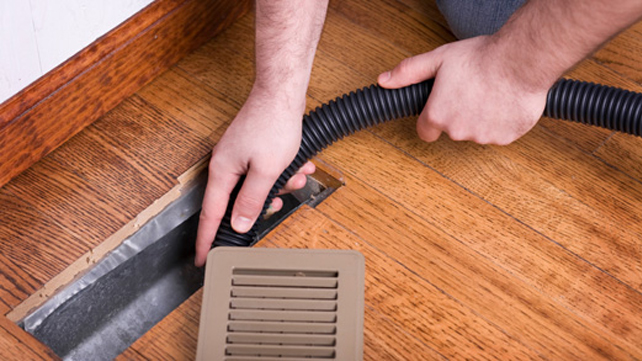For many people dampness and condensation can be a real problem in their homes or in their place of work. Hot, muggy environments in particular can make you feel uncomfortable and irritable. High levels of humidity can also cause various health issues including respiratory problems, allergies or skin conditions. As well as your health there is the structural damage to your home or commercial building to take in to consideration also. There are many signs to look out for when deciding if you should take action, a build up of condensation on windows, a musty smell or walls developing large dark damp areas are always a good indication. If any of the above become evident or should occur you might have to consider using a dehumidifier to alleviate the problem before it gets any worse.
There are many options available to you when looking for the right dehumidifier depending on the size and humidity of the area you require it for. A standard size dehumidifier would be plenty for just one room but for greater capacity and multiple areas an industrial dehumidifier would be required. For example, if you have a large office building and you notice the air has become musty and the walls are beginning to show signs of dampness a larger dehumidifier would extract the moisture from all the rooms as opposed to just one.
How does a dehumidifier work? A dehumidifier reduces the build up of humidity by extracting moisture from the conditioned air and turning in to liquid. Once the moisture has been collected the water from your dehumidifier then gets discarded, it is not appropriate to drink it. Most large dehumidifiers have a draining function built in but smaller household appliances need to be emptied manually on a daily basis. There are also other variants of dehumidifiers that work in slightly different ways, one example of this being the ‘ionic membrane’ dehumidifier which disperses the liquid in vapour form as opposed to water.
In some cases dehumidifiers are not only used to reduce the build up of dampness and humidity they are also used to maintain temperature control. Some good examples of this would be at an indoor ice rink or a warehouse that had to keep its stock and produce at a moderate temperature continuously. Other commercial buildings and public areas might have to use a dehumidifier if there is a large build up of moisture or steam in the air. An indoor swimming pool, spa or sauna would use one to control the build up of condensation and dampness setting in to their building’s structure.
Some important functions to look out for when investing in an industrial dehumidifier is make sure it has an automatic setting that allows you to set it to the desired humidity level you wish to maintain. This is very important and will save you having to readjust it daily. Also you should always check the coverage of your dehumidifier to ensure it removes moisture from multiple areas and not just smaller room spaces. Another good function to look out for is an automatic draining system. If you choose wisely most good dehumidifiers will have this feature already. Having a continuous drain capacity is an asset but always make sure it is large enough to cope with your size of building before being installed.




